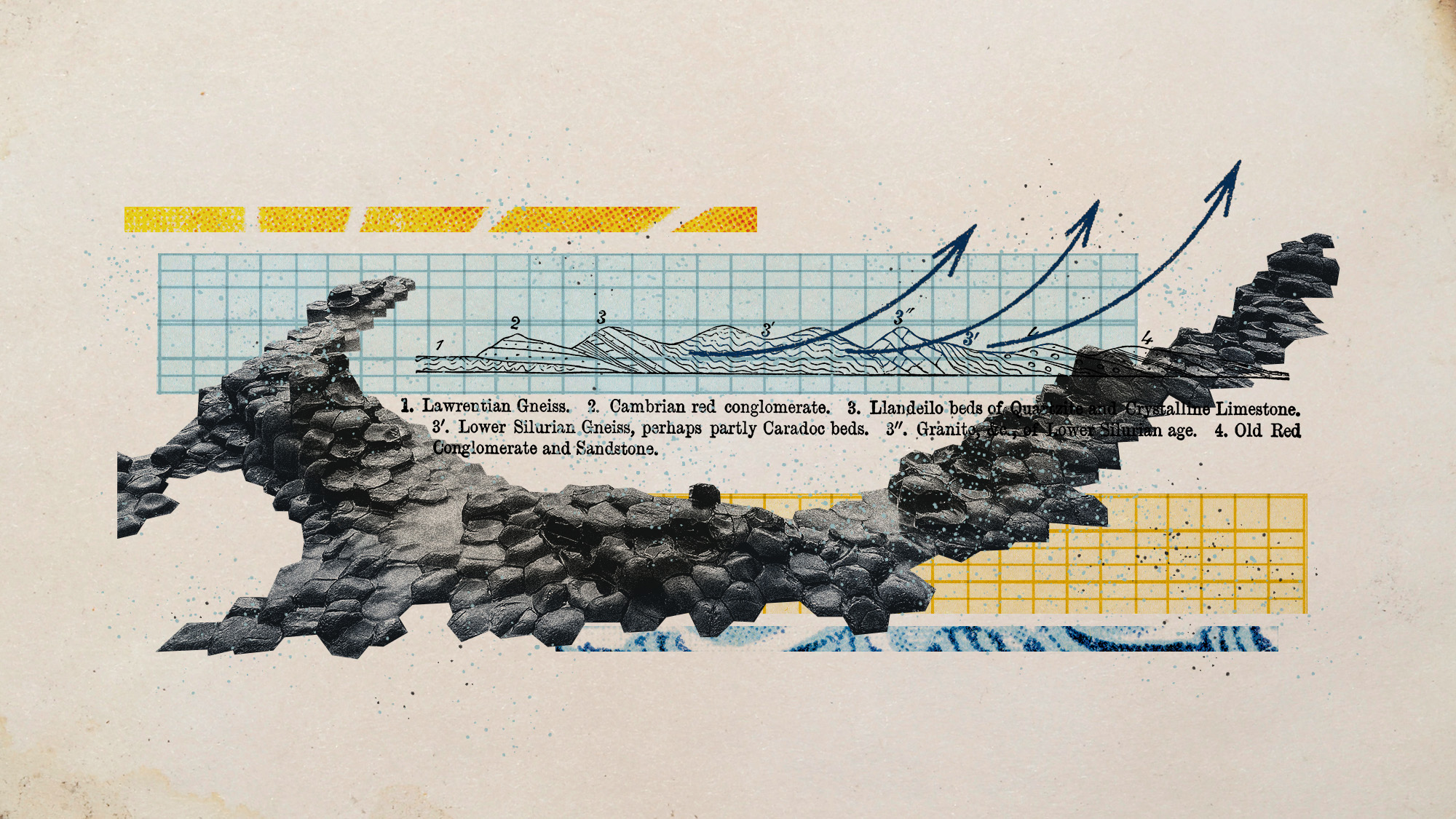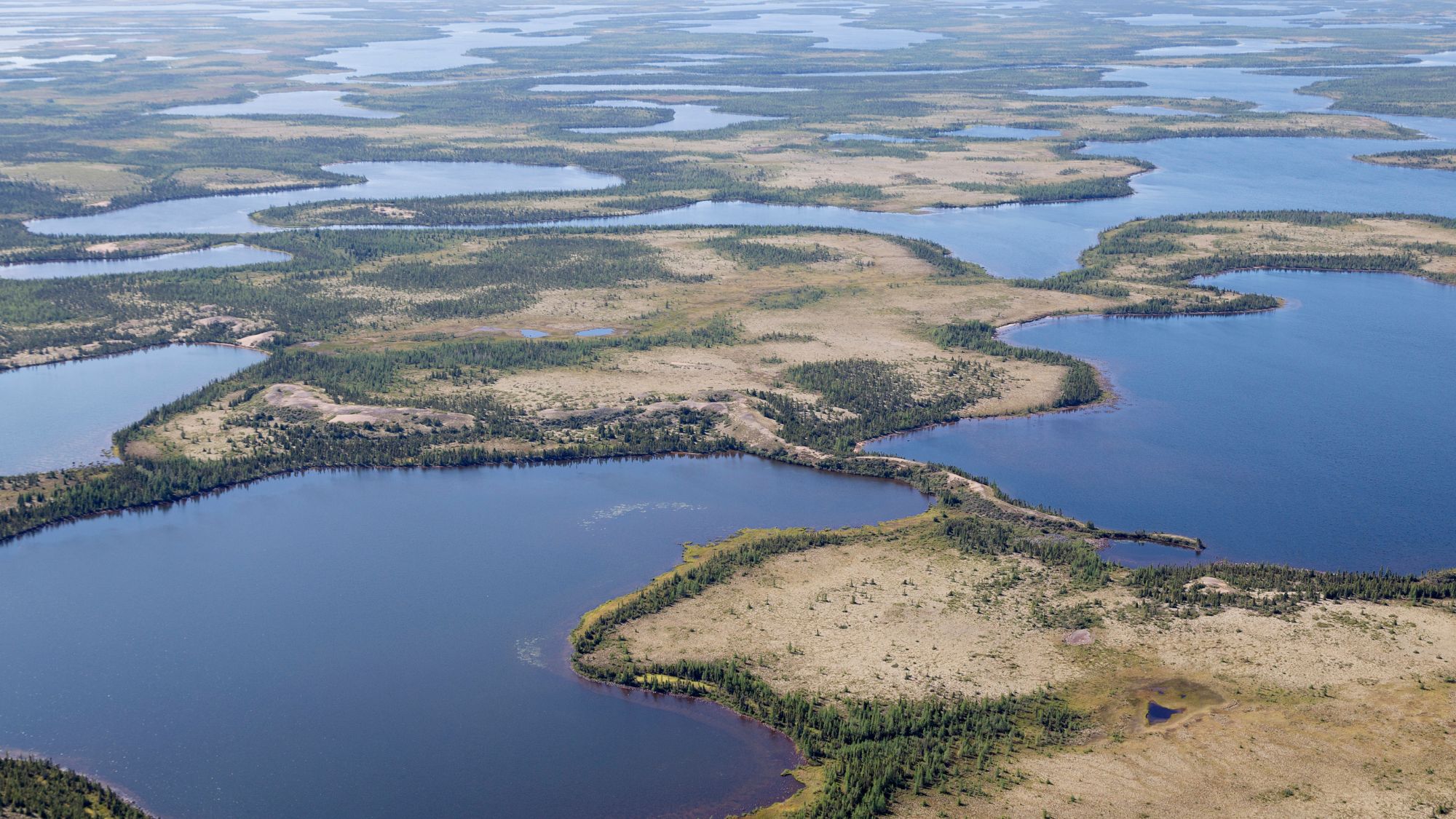Scientists want to use enhanced rock weathering to cool the Earth
Rock dust could trap atmospheric carbon


What if cropdusting could cool down the climate? What about rockdusting? Turns out sprinkling rock dust on fields may enhance a process called rock weathering, capable of trapping and removing atmospheric carbon. While the method would be low-cost, there is little data on how much carbon can truly be offset through the process.
Drop it like it’s hot
Rock weathering is a natural carbon removal process that occurs when “rain falls through the atmosphere” and “combines with CO2 to form carbonic acid,” said Undo, a London-based business dedicated to carbon removal. When the acid falls on the landscape, the CO2 “interacts with rocks and soil, mineralizes and is safely stored in solid carbonate form.” Scientists want to supercharge this process in a system called enhanced rock weathering.
The process of rock weathering can be enhanced when rocks are “crushed into a fine dust over land where soybeans, sugar cane and other crops are grown,” said The Washington Post. Then, as it rains, “chemical reactions pull carbon from the air and convert it into bicarbonate ions that eventually wash into the ocean, where the carbon remains stored.” As an added benefit, these carbonates are minerals that “help farmers by replenishing depleted soils,” said the World Economic Forum.
The Week
Escape your echo chamber. Get the facts behind the news, plus analysis from multiple perspectives.

Sign up for The Week's Free Newsletters
From our morning news briefing to a weekly Good News Newsletter, get the best of The Week delivered directly to your inbox.
From our morning news briefing to a weekly Good News Newsletter, get the best of The Week delivered directly to your inbox.
The method has the potential to sequester billions of tons of carbon and slow climate change. “Not too many people have the opportunity to change the temperature of the planet,” said Shawn Benner, a hydrogeologist and geochemist at Terradot, a company working on expanding enhanced rock weathering, to the Post. While covering fields in rock dust is relatively inexpensive, the main difficulty lies in the “logistics of transporting and spreading the rock dust,” said the World Economic Forum. This obstacle “could be overcome by using local sources of rock dust and developing efficient spreading methods.”
Carbon questions
Reducing emissions and moving toward renewable energy is no longer enough to curb climate change. Unfortunately, as countries “fall woefully short of their emissions reduction targets,” there has been a “growing consensus that large-scale carbon removal will be necessary to avoid some of the worst effects of climate change,” said the Post. As a result, methods like enhanced rock weathering are coming to the forefront. However, like with other carbon removal methods, there are “concerns persisting over the efficacy of its verification procedures and ultimately how much carbon it can effectively remove,” said Data Center Dynamics.
Companies working on enhanced rock weathering have “drawn some skepticism from researchers who say they want to see data and peer-reviewed research,” said the Post. There are still questions as to the accuracy of the estimated amount of carbon being removed through this process, especially long term. Conditions, including the type of rock dust, the type of soil and overall climate, can affect the amount of carbon removal as well. Companies are “experimenting with various silicate rocks, including basalt, wollastonite, olivine and crushed concrete, which differ in terms of weathering rates,” said Data Center Dynamics.
“It’s at an exciting juncture,” said David Beerling, the director of the University of Sheffield’s Leverhulme Center for Climate Change Mitigation, to the Post. “But there’s a need for caution in ensuring that we have rigorous, cost-effective [tracking and verification] so that people don’t make claims for carbon credits that aren’t substantiated.”
A free daily email with the biggest news stories of the day – and the best features from TheWeek.com
Devika Rao has worked as a staff writer at The Week since 2022, covering science, the environment, climate and business. She previously worked as a policy associate for a nonprofit organization advocating for environmental action from a business perspective.
-
 Heavenly spectacle in the wilds of Canada
Heavenly spectacle in the wilds of CanadaThe Week Recommends ‘Mind-bending’ outpost for spotting animals – and the northern lights
-
 Facial recognition: a revolution in policing
Facial recognition: a revolution in policingTalking Point All 43 police forces in England and Wales are set to be granted access, with those against calling for increasing safeguards on the technology
-
 Codeword: December 14, 2025
Codeword: December 14, 2025The daily codeword puzzle from The Week
-
 Death toll from Southeast Asia storms tops 1,000
Death toll from Southeast Asia storms tops 1,000speed read Catastrophic floods and landslides have struck Sri Lanka, Indonesia, Thailand and Malaysia
-
 Can for-profit geoengineering put a pause on climate change?
Can for-profit geoengineering put a pause on climate change?In the Spotlight Stardust Solutions wants to dim the sun. Scientists are worried.
-
 How will climate change affect the UK?
How will climate change affect the UK?The Explainer Met Office projections show the UK getting substantially warmer and wetter – with more extreme weather events
-
 Can the UK do more on climate change?
Can the UK do more on climate change?Today's Big Question Labour has shown leadership in the face of fraying international consensus, but must show the public their green mission is ‘a net benefit, not a net cost’
-
 Did Cop30 fulfil its promise to Indigenous Brazilians?
Did Cop30 fulfil its promise to Indigenous Brazilians?Today’s Big Question Brazilian president approves 10 new protected territories, following ‘unprecedented’ Indigenous presence at conference, both as delegates and protesters
-
 Can the world adapt to climate change?
Can the world adapt to climate change?Today's Big Question As the world gets hotter, COP30 leaders consider resilience efforts
-
 Taps could run dry in drought-stricken Tehran
Taps could run dry in drought-stricken TehranUnder the Radar President warns that unless rationing eases water crisis, citizens may have to evacuate the capital
-
 The future of the Paris Agreement
The future of the Paris AgreementThe Explainer UN secretary general warns it is ‘inevitable’ the world will overshoot 1.5C target, but there is still time to change course
